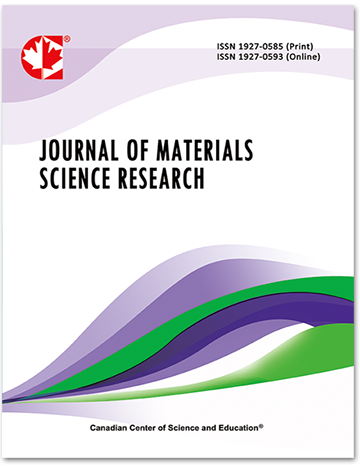Polyurea Bearing L-Lysinyl Residue as a Chiral Building Block and Its Application to Optical Resolution
- Makoto Hatanaka
- Yuki Nishioka
- Masakazu Yoshikawa
Abstract
Chial polyureas were prepared from L-Lys-OEt and 2,4-TDI. The optimum polyaddition conditions were determined as follows: [L-Lys-OEt] = 2.08 x 10-1 mol dm-3 and [2,4-TDI] = 2.50 x 10-1 mol dm-3 ([L-Lys-OEt]/[2,4-TDI] = 0.83). The polyuera thus obtained gave a durable self-standing membrane and it was directly converted into molecular recognition membranes by applying an alternative molecular imprinting. The D-isomer molecularly imprinted membrane adsorbed the D-isomer in preference to the L-isomer and vice versa. In the present study, two types of print molecule, such as Z-D-Glu and Z-L-Glu, worked as print molecules though the polyurea consisted of L-lysinyl residue. Those two types of molecularly imprinted membrane showed chiral separation ability. The membrane, which was molecularly imprinted by the D-isomer and preferentially incorporated the D-isomer into the membrane, selectively transported the D-isomer and vice versa.- Full Text:
 PDF
PDF
- DOI:10.5539/jmsr.v1n4p114
Journal Metrics
Impact Factor 2022 (by WJCI): 0.583
Google-based Impact Factor (2021): 0.52
h-index (December 2021): 22
i10-index (December 2021): 74
h5-index (December 2021): N/A
h5-median (December 2021): N/A
Index
- CAS (American Chemical Society)
- CNKI Scholar
- Elektronische Zeitschriftenbibliothek (EZB)
- EuroPub Database
- Excellence in Research for Australia (ERA)
- Google Scholar
- Infotrieve
- JournalTOCs
- LOCKSS
- NewJour
- PKP Open Archives Harvester
- Qualis/CAPES
- SHERPA/RoMEO
- Standard Periodical Directory
- Universe Digital Library
- WJCI Report
- WorldCat
Contact
- John MartinEditorial Assistant
- jmsr@ccsenet.org
